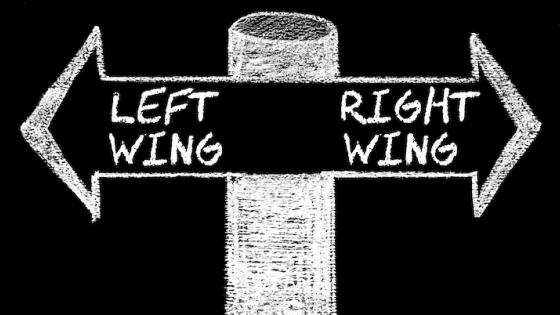Politics
The difference between right-wing and left-wing ideologies  By Margaret Z
By Margaret Z
 June 10th, 2024 In politics, right-wing and left-wing ideologies represent two broad spectrums of political beliefs, policies, and principles. Here are the key differences between them:
June 10th, 2024 In politics, right-wing and left-wing ideologies represent two broad spectrums of political beliefs, policies, and principles. Here are the key differences between them: 
Left-Wing Politics
1. Economic Policies:
- Government Intervention: Advocates for significant government intervention in the economy to ensure equality and fairness. This often includes progressive taxation, wealth redistribution, and social welfare programs.
- Public Ownership: Supports public ownership or control of key industries and services, such as healthcare, education, and transportation, to prevent exploitation and ensure universal access.
2. Social Policies:
- Social Equality: Promotes social equality and aims to address social injustices through affirmative action, anti-discrimination laws, and policies that support marginalized communities.
- Progressive Values: Embraces progressive social values, including support for LGBTQ+ rights, gender equality, and multiculturalism.
3. Government Role:
- Active Role: Believes in an active government role in regulating businesses, protecting the environment, and providing social services.
- Collective Good: Focuses on policies that benefit the collective good and reduce inequalities.
4. Examples:
- Political parties such as the Democratic Party in the United States, the Labour Party in the United Kingdom, and the Social Democratic Party in Germany typically fall on the left-wing spectrum.
Right-Wing Politics
1. Economic Policies:
- Free Market: Advocates for free market capitalism with minimal government intervention. Emphasizes deregulation, lower taxes, and privatization of state-owned enterprises.
- Individual Responsibility: Stresses individual responsibility and self-reliance, believing that people should be free to pursue their economic interests with limited government interference.
2. Social Policies:
- Traditional Values: Often supports traditional social values, which may include a focus on family, national identity, and religious values.
- Limited Government Role: Prefers a limited role for government in personal lives, opposing extensive social welfare programs and regulations that are seen to restrict personal freedoms.
3. Government Role:
- Limited Government: Advocates for a limited government role in both economic and social affairs, emphasizing personal freedom and responsibility.
- Law and Order: Often places a high priority on law and order, national security, and a strong military.
4. Examples:
- Political parties such as the Republican Party in the United States, the Conservative Party in the United Kingdom, and the Christian Democratic Union in Germany are generally considered right-wing.
Key Differences
- Economic Approach: Left-wing politics favors government intervention and social equality, while right-wing politics advocates for free markets and individual responsibility.
- Social Values: Left-wing politics promotes progressive social values and equality, whereas right-wing politics often emphasizes traditional values and social order.
- Role of Government: Left-wing ideologies support a more active government role in economic and social matters, whereas right-wing ideologies prefer a limited government role.
These distinctions can vary significantly across different countries and political systems, but they provide a general framework for understanding the core differences between left-wing and right-wing political ideologies.
Facebook
WhatsApp

 By Margaret Z
By Margaret Z  June 10th, 2024
June 10th, 2024 